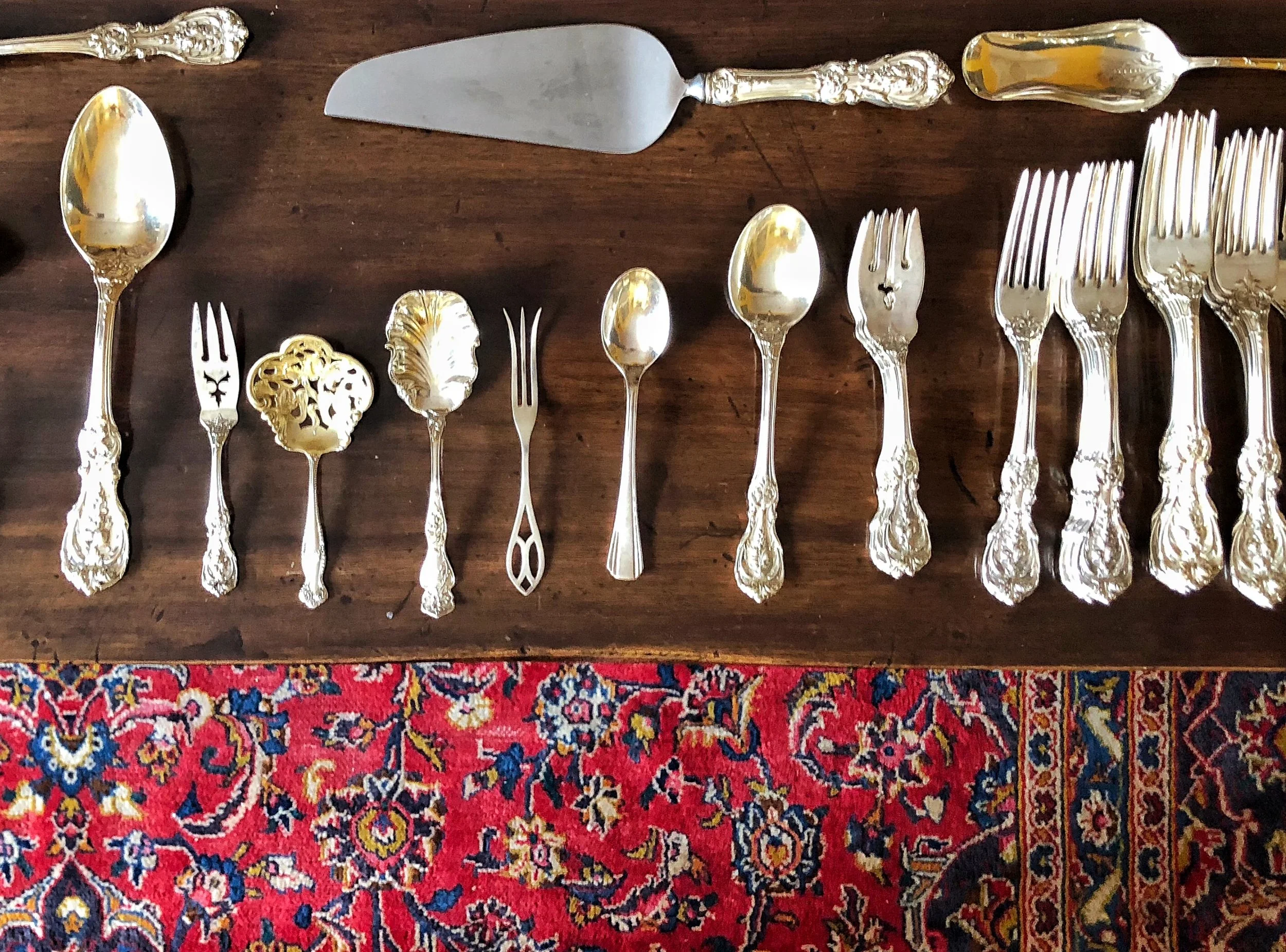The secret life of spoons
Tarajia morrell
It began in childhood: a Stubborn sense that dolls who were not played with felt sad, forlorn, neglected, and so I did my best to spread my attention, even to the ones whose hair I didn’t enjoy combing; the Madame Alexander dolls who’d been roughed up by small hands before mine and were missing eyelashes; the ones who didn’t speak to me. I was rife with dolls, mostly those from the 1950s from my mother’s youth, girls with curls of real human hair and petite leggy ladies with names like Maude, Margie, Shirley and Annette.
There were favorites, sure, but I tried to give them all a sense of purpose, of being appreciated, enough at least so that they wouldn’t quarrel amongst themselves. When I was five, I begged my mother, Santa, whoever was listening, for a Teddy Ruxpin—the talking bear I’d seen advertised on television, and someone—my grandmother, I think—heard me. The bear was there beneath the tree in his flimsy box behind cellophane on Christmas morning. He was a broken record, that lip-syncing bear, and he was officially and actually broken by Boxing Day. No DD batteries could resurrect him. And so it was quickly clear to me that the old dolls were superior. Sure, I’d pulled a leg a little too far out of a socket to see how they worked, to understand wherein their flexibility came, and found that they had joints, an anatomy of carefully threaded rubber bands and hooks linking their extremities to their torsos, heads that could roll at the neck, and, of course, the eyes that opened when they sat up and fluttered shut as they lay supine.
Perhaps this bounty of old things in my youth is what later made me prefer old things to wear. As a teenager, I scoured the stale-smelling aisles of Antique Boutique on lower Broadway, looking for that perfect pair of Levi’s, the ones faded just right that flattened but cupped my bum and flared in the ideal spot below the knee. I found them—that perfect pair with the orange tag, but still keep a watchful eye for their equal.
The scavenger urge is strong in me, to find objects that have history—clothes from other eras that were better made than those designed today, garbs that tell a story. How could I wear a 1970s vintage white fur with the name “Josephine Costanza” sewed into the lining in hot pink thread and not imagine the Bay Ridge lady having an affair with the Carroll Gardens plumber who wooed her with the waiting white coat in a box in the backseat of his Cadillac on their way into the city to catch a show? I can see her long iridescent pink fingernails sliding into the silver silk-lined pocket to get her matching lipstick while he put money in the meter and came around to her side to get her door. Josephine whispers this secret history to me as I pull the collar up close to my ears on a cold December evening.
It’s the same now with the kitchen and its utilitarian treasures. A yellow enamel pot; a wood handled paring knife; a beat up ladle and colander that proudly boast ‘Made in France,’ which makes me wonder whether my mother’s suitcase wasn’t filled with culinary equipment when she flew back in her Sunday best from Charles de Gaulle on TWA. Pale blue Ming Toi china that my folks registered for when they married. Sterling silver fish forks tucked into their felt bed with a chamois blanket; forks that must be counted after a party before the garbage can be taken out, lest a piece be thrown away.
I use it; I play with it, as it were, as I did my childhood dolls, wanting it to see light, to be handled, to feel its purpose. These inanimate vestiges, these heirlooms, the bric-a-brac that carries secret histories make everything—even a lonely bowl of soup—have context, ceremony. It makes me a better cook to play with these old pieces, to try to make food as good as the ladies in whose wake I drift, the women who collected, who polished, who presented. It makes my mind travel when I mandolin the turnips, when I lay the table. It brings me joy to touch and to use these talismans that are precious and meaningful only to me, but so too does it make me falter sometimes to think of the lips that won’t sip from my old filmy glasses, the phantom bellies that can’t be satiated by my clumsy cooking; the voices that led Grace who are now just wraiths. I’m grateful for the tristesse even as it makes me waver, as it tugs at my lower lip, as it coaxes a tear that lands in the tetrazinni, a tear that I pretend is from onions if someone sees it slipping down my cheek. The nostalgia of objects, the sentimentality, reminds me to try new recipes, to season well, to serve with care, to savor even as I gobble it all up.
*****



